Recommendations on how to properly apply manure in the fall
Natural fertilizers make the soil soft, loose, and less acidic. Manure should be applied at a certain time, since the manure has a decomposition period, without which it is possible to destroy future plants. It is recommended to fertilize the soil no more than once every three years.
The best time to apply manure to the ground is autumn. This is the time when the growing season ends, and any top dressing, mixing with the remaining plant roots, can gradually slowly soak into the soil. This requires a long period of several months.
After the onset of frost, fertilizers continue to slowly, throughout the winter, nourish the soil. If fertilizers are applied using special agricultural equipment, then they will penetrate into deeper layers of the soil, which will have a positive effect on the duration of the preservation of nutrients.
Manure types
Cow dung is versatile and suitable for any kind of soil. It contains the most essential trace elements that affect high productivity. These are calcium, phosphorus, potassium, magnesium. Among other things, it has a high humidity and high density. To fertilize the soil, a mullein is used, which has passed the stage of decay.
Complete decay lasts two years. After this period, the mullein is ready for use. Prepared cow dung is spread evenly over the entire plot in the fall. Then they start digging. They dig up the ground shallowly with a shovel. Typically 6 kg of cow dung is used per 1 m² of land.
The application of dry cow manure takes place without preliminary preparation. It is scattered over the site in an even layer and immediately dug up. Cow dung contains a large number of pathogens of fungal diseases, so it is not recommended to use it to fertilize the soil for bulbous plants.
The horse is dug deep (about 40 cm deep), since at such a depth it almost does not decompose, but remains until spring. In the spring, mixing with groundwater, it provides high-quality feeding of the plant root system. Horse manure contains calcium, magnesium, large amounts of nitrogen, potassium, phosphorus.
Due to its looseness, it promotes additional air intake. Most of all horse manure is suitable for soils with a clay composition. Use approximately 3 kg of horse manure per 1 m² of land.
Bird droppings must also be composted for two years. It contains three main types of minerals - potassium, phosphorus, nitrogen. Uncaged droppings can damage plant roots. Used 500 g of poultry manure per 1 m².
Fresh manure must not be added to the soil. This applies to any kind of manure. This is due to the fact that at the initial stage of decay, complex chemical processes occur, as a result of which various compounds can be released into the ground, including gases that adversely affect the growth, development and nutritional properties of plants.
Humus cooking rules
How to cook humus properly. The choice of location depends on the sun's rays. A shaded place should be chosen, without open access to the sun, since a humid environment is needed for better decay. A special platform is prepared, sprinkled with clay and prepared fresh manure is tightly laid on top. Each layer is shifted with peat, sawdust, turf. Cover with polyethylene from above.
Care must be taken that the manure does not freeze, otherwise it will stop decomposing, as a result of which valuable nutrients will be lost to plants. To do this, before freezing, compost heaps must be covered with a layer of earth, sprinkled with branches.The cover layer must be at least 50 cm.
There are four degrees of manure decomposition:
- Fresh or slightly decomposed manure. With this degree, it practically does not change color, the layers used for overlapping have not changed their structure. When the manure is flushed, the water turns red or green.
- Semi-ripe. The straw turns brown. When washed, the water turns dark.
- Rotted manure. All components are mixed together. The manure itself looks like a black viscous mass.
- Humus. Looks like a loose homogeneous earth mass. The initial volume is reduced by almost three times.
The degree of decomposition affects the feeding time, the planted plant variety, and the digging depth.
The introduction of manure changes the taste characteristics of the planted plants. Therefore, this should be taken into account before starting to prepare the soil for fertilization.
- Cow dung is suitable for feeding plants such as potatoes, radish, cabbage, peppers, tomatoes.
- Horse is used for fertilizing onions, any greens, tomatoes, potatoes, peppers.
- Bird droppings are used for fertilizer beet, carrots, cucumbers, pumpkin, strawberry.
- Sheep dung increases the yield of parsley, beets, carrots, radishes.
A special lunar garden calendar will help you choose the right time for applying manure. The last lunar calendar quarter is optimal for feeding the earth with natural fertilizers.
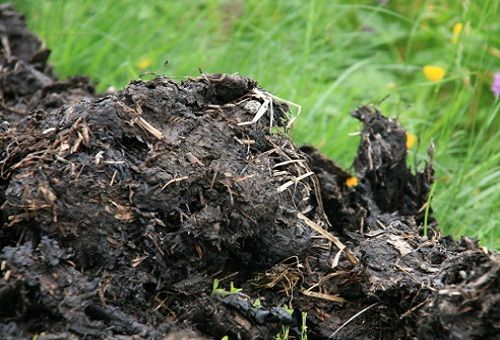
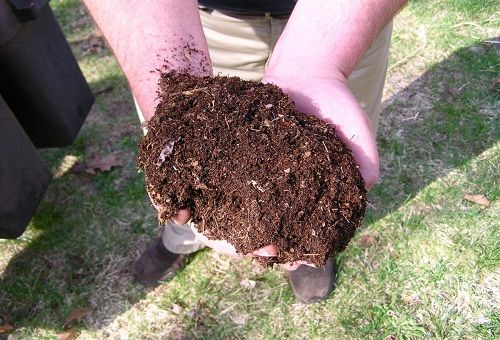
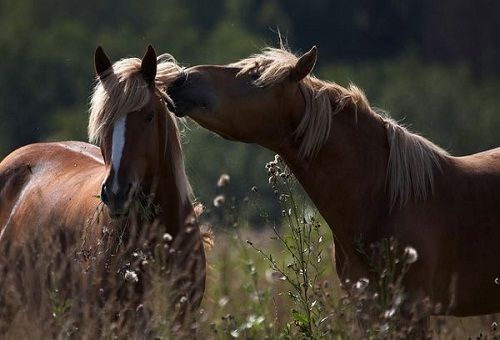
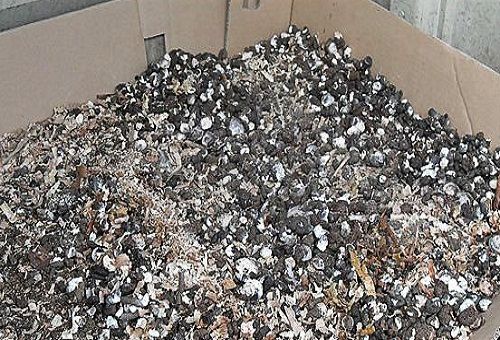
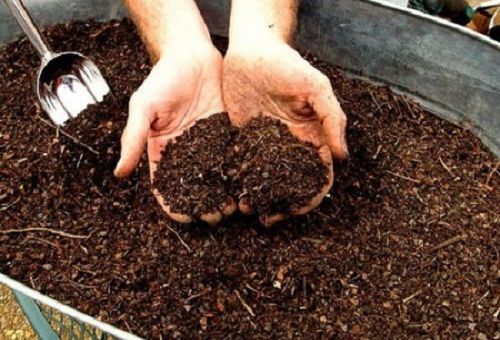
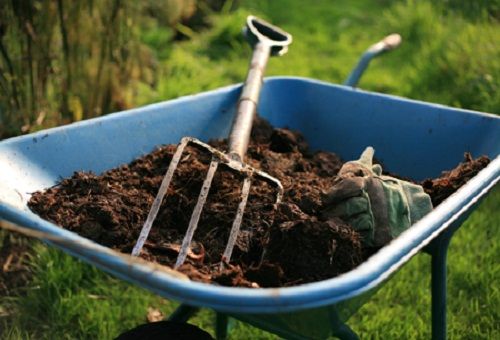
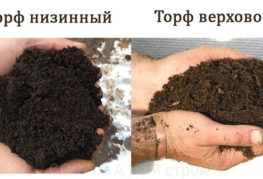
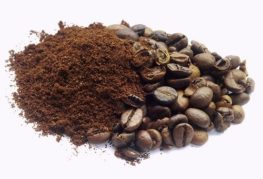
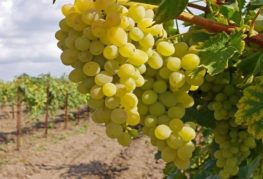

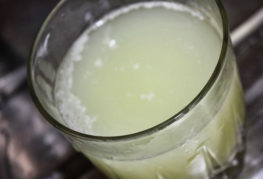
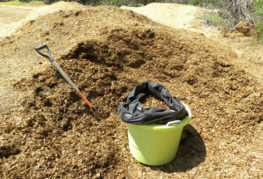
and will be published shortly.